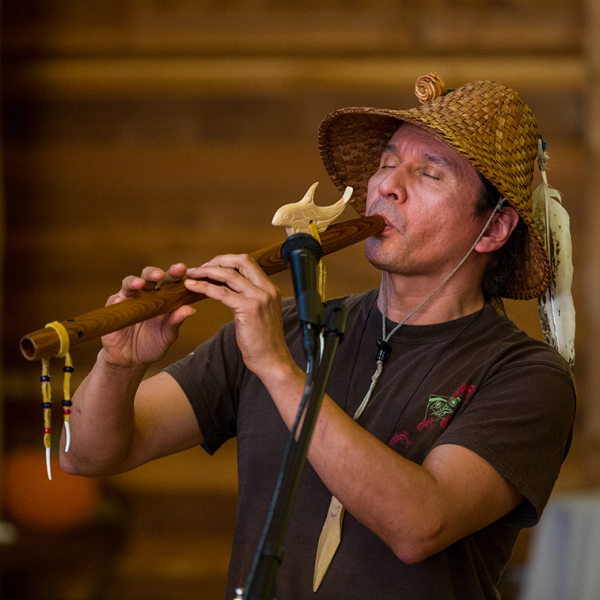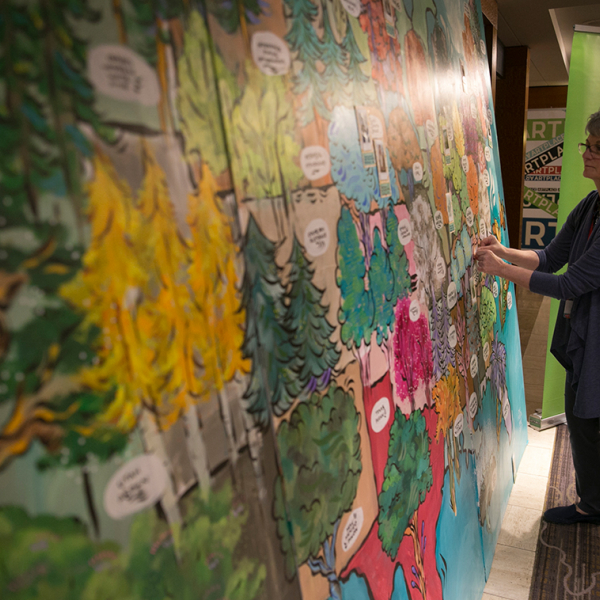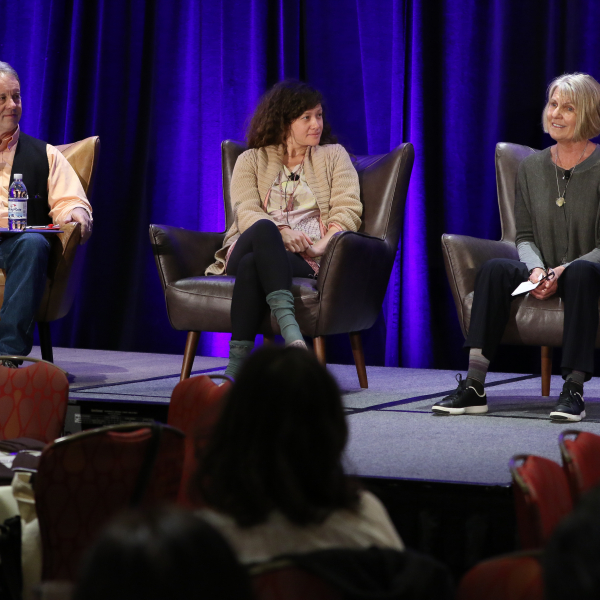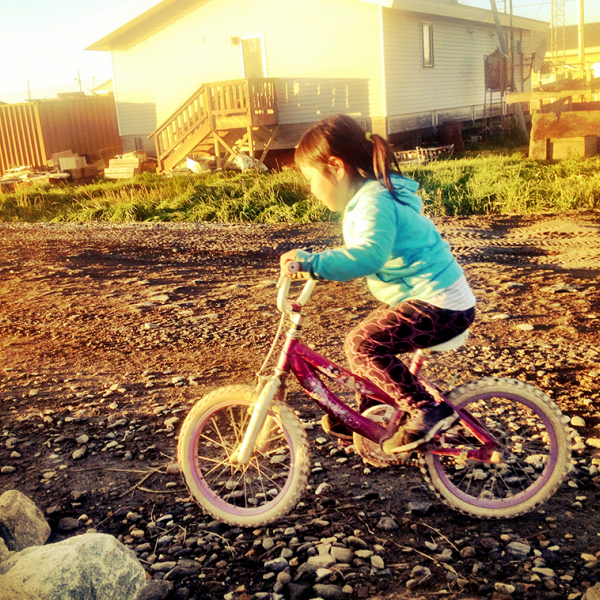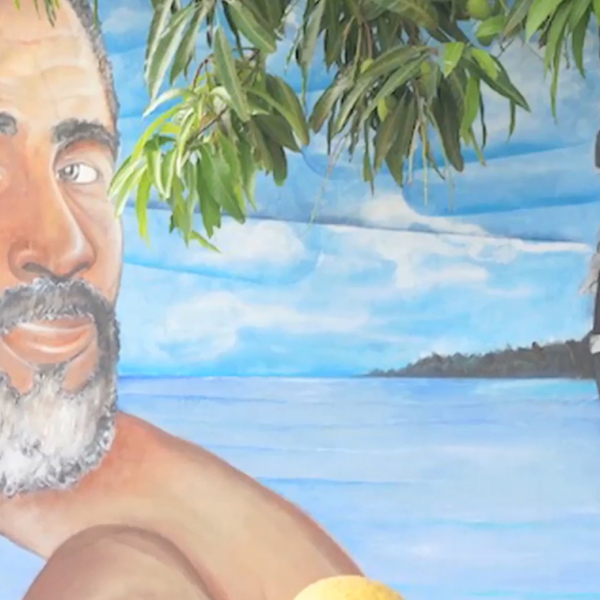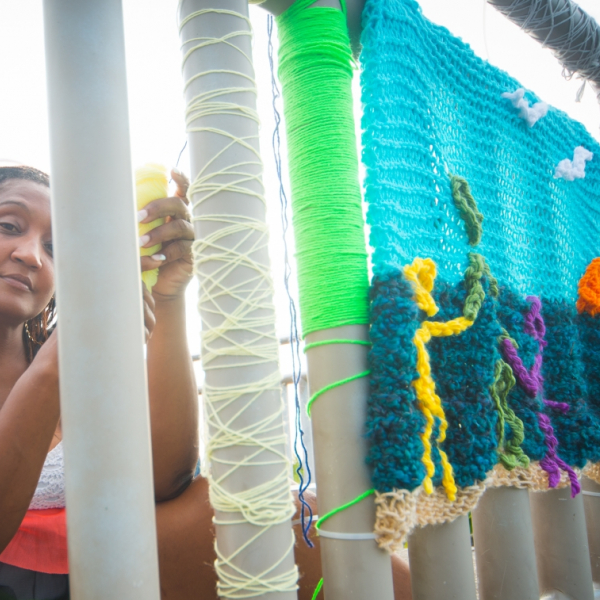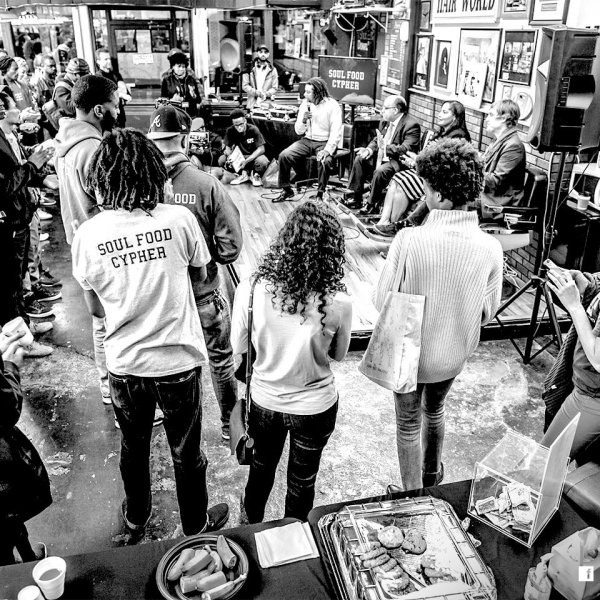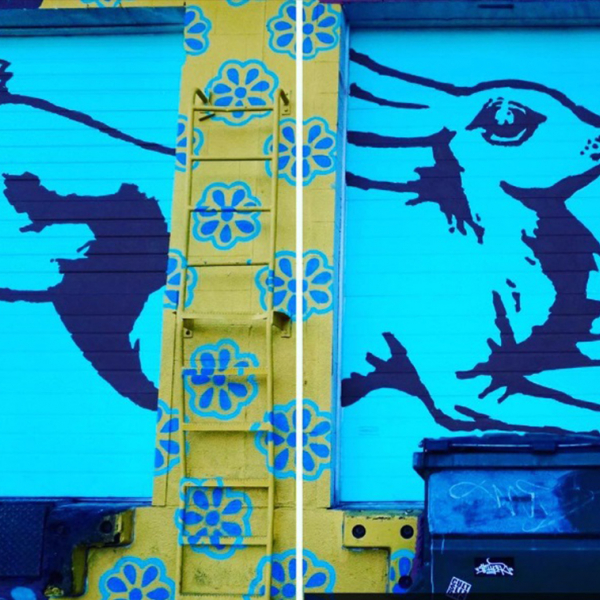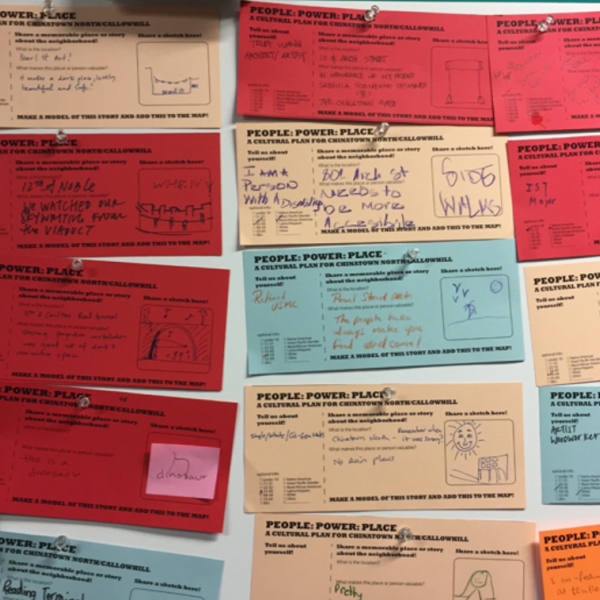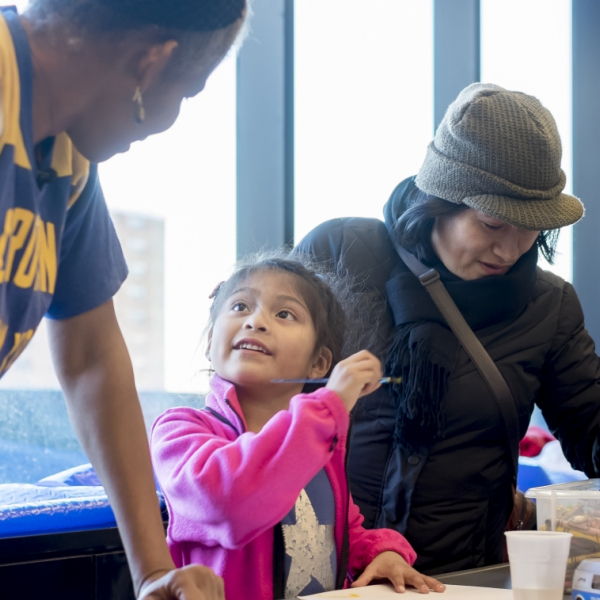We’re excited to report that May marked the kickoff of our Arts, Culture and Environment Working Group following the annual #ArtPlaceSummit in Seattle. In collaboration with online environmental news platform Grist and the Sierra Club’s Ready for 100 Campaign, ArtPlace Research Strategies brought artists together with a diverse and accomplished working group of environment and energy sector leaders—including policymakers, researchers, community organizers and advocates—as part of our ongoing effort to understand and advance the role of artists, arts organizations, and artistic activity in achieving environmental progress.
30.05.17
Each year, the ArtPlace Summit offers attendees the opportunity to gather for a three-day conference designed to refresh our perspectives on place-based work. This time, more than 300 of us met in Seattle, Washington to enjoy a series of eye-opening panel discussions, tool-building break-out sessions and moving cultural experiences together. The summit kicked off on Monday, May 15 with a plenary titled “One County, Indivisible” that would set the tone for the rest of this year’s event.
30.05.17
One of the most pressing (and polarizing) issues of our time is climate change. But figuring out how to tackle a problem that many feel detached from is another issue altogether. At this year’s ArtPlace Summit, we took some time to talk about how arts and culture can be used as tools to render the unseen visible and the abstract concrete. We wanted to know: How do we wrap up our vision for the sustainable transformation of the environment into an engaging and accessible package?
24.05.17
Over one hundred years ago, the Inupiaq whaling community of Kivalina, Alaska, began discussing plans to relocate their village. In 1905, the Kivalliñiġmiut people were forcibly settled into a 27-acre barrier island at the coastal edge of their 2,200-square-mile traditional estate. Soon after Kivalina’s imposed sedentarization, people started discussing relocating to a new site within their territory in anticipation of the barrier island’s inevitable erosion, and to provide more space for homes, access to clean water and sanitation, and economic opportunities for young people.
10.05.17
In the face of Puerto Rico’s dire socio-economic crisis, grassroots initiative Somos Machuchal proposes a groundbreaking alternative in the historic and culturally rich neighborhood of Machuchal. Members of the Machuchal community of San Juan, have been fighting for nearly four years for legal rights over a vacant house which has laid abandoned for forty years. After occupying and transforming the property, the community has rescued and converted it into what is now known as Casa Taft 169.
03.05.17
Inclusive Dubuque is a local network of leaders from faith, labor, education, business, nonprofit, and government dedicated to advancing justice and social equity in our communities and they have kindly made this resource available for all. The network has formed sector groups to understand and tackle equity-related challenges in education, economic wellbeing, transportation, safe neighborhoods, health, housing and arts and culture.
26.04.17
For the past five years, I’ve had the honor and privilege of serving as Soul Food Cypher’s founding Executive Director. SFC is a community based arts organization that utilizes freestyle rap and lyricism to transform communities and individuals. In the Summer of 2015, Soul Food Cypher was honored to receive a creative placemaking grant from ArtPlace America. ArtPlace invests in arts-based strategies to help achieve place-based outcomes in order to reposition arts and culture as a core sector of community planning and development.
26.04.17
After the wettest, coldest winter many Seattleites can remember, this weekend finally brought a 60-degree day. The peas vines are climbing, the radish seedlings have broken ground, and the wool socks are being left in the dresser drawer. Yet this season will not be bringing any relief from our city’s affordability crisis. The cranes keep popping up in Seattle’s Capitol Hill neighborhood, but it’s been more than four years since one went up that was going to contribute any significant number of affordable places to live.
20.04.17
As Danya Sherman pointed out in her field scan on housing for ArtPlace Exploring the Ways that Arts and Culture Intersects with Housing, “One’s housing may be an opportunity to accumulate wealth, have short commutes, and live in well-resourced school districts, while others’ makes them particularly vulnerable to health hazards, economic and environmental shocks, and can prevent them from accessing good jobs, education, and other key resources.”
17.04.17
In 2002, Richard Florida published a book that kicked off a wave of urban development efforts based on the belief that architects, artists, musicians, and writers were core members of an emergent creative class who together represented the economic future of our country. As the ideas in The Rise of the Creative Class circulated among mayors, city managers, economic development officials, and urban planners, the conversation generally settled into a discussion around talent attraction and what would create the conditions to get these creatives to move to one city over another.






